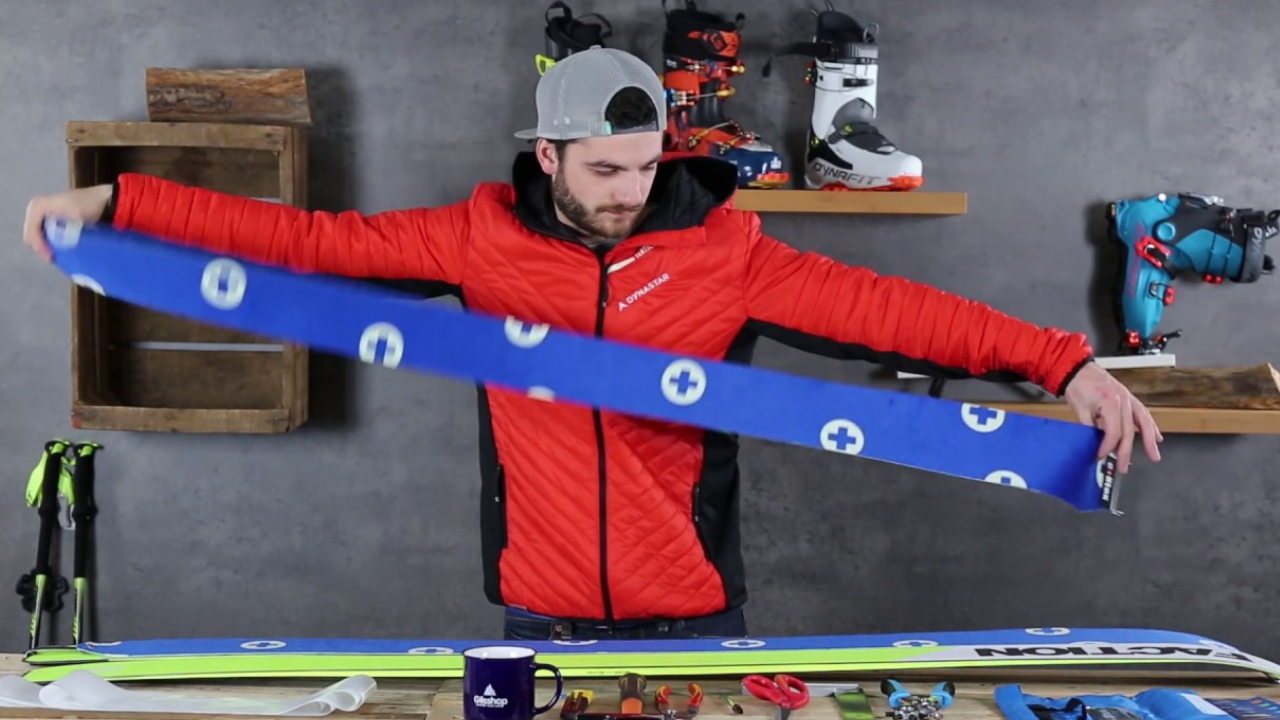Leatherworking is an art that demands precision, patience, and the right tools. One of the most essential tools for achieving clean, accurate cuts in leather is the Zuschneidfelle (cutting file). Whether you’re crafting wallets, belts, bags, or intricate decorative pieces, knowing how to properly use a Zuschneidfelle can make the difference between a professional-looking project and a sloppy one.
In this detailed guide, we’ll explore:
- What a Zuschneidfelle is and why it’s crucial for leatherworking
- Different types of Zuschneidfelle and their uses
- How to choose the best one for your projects
- Step-by-step techniques for cutting leather cleanly
- Maintenance tips to keep your tools in top condition
By the end of this article, you’ll have a deep understanding of how to maximize the efficiency of your Zuschneidfelle for flawless leather crafting.
What Is a Zuschneidfelle?
A Zuschneidfelle (German for “cutting file”) is a specialized tool designed for trimming, shaping, and refining leather edges. Unlike regular knives or scissors, a Zuschneidfelle provides controlled, smooth cuts without fraying or uneven edges. It is commonly used by leatherworkers, shoemakers, and artisans who require precision in their craft.
Key Features of a Good Zuschneidfelle:
- Sharp, durable blade – Made from high-carbon steel or hardened stainless steel.
- Ergonomic handle – Ensures comfort during prolonged use.
- Beveled edge – Allows for clean, angled cuts.
- Flexibility (for some models) – Useful for curved cuts in leather.
Types of Zuschneidfelle for Leatherworking
Not all cutting files are the same. Depending on your project, you may need different types of Zuschneidfelle:
1. Straight-Edge Zuschneidfelle
- Best for long, straight cuts (e.g., belts, straps).
- Provides maximum control for clean lines.
2. Curved Zuschneidfelle
- Ideal for rounded cuts (e.g., bag flaps, shoe uppers).
- Helps in following patterns without jagged edges.
3. Skiving Zuschneidfelle
- Used for thinning leather edges (e.g., fold-over seams).
- Reduces bulkiness in layered leather projects.
4. Rotary Zuschneidfelle (Rolling Cutter)
- Works like a pizza cutter for leather.
- Great for quick, repetitive cuts.
5. Detail Zuschneidfelle (Precision Knife)
- Small, sharp blade for intricate designs.
- Used for engraving or fine trimming.
How to Choose the Best Zuschneidfelle for Your Needs
Selecting the right Zuschneidfelle depends on:
1. Leather Type
- Thick leather (4+ oz): Requires a sturdy, sharp blade.
- Soft leather (1-3 oz): A fine-edge file works best.
2. Project Complexity
- Simple straight cuts: A basic straight-edge file suffices.
- Detailed work: A precision knife or curved file is better.
3. Comfort & Grip
- Look for non-slip handles if you work for long hours.
- Weight should feel balanced in your hand.
4. Blade Replaceability
- Some Zuschneidfelle allow blade changes for extended use.
Step-by-Step Guide: Cutting Leather with a Zuschneidfelle
Step 1: Prepare Your Leather
- Mark cutting lines with a leather pencil or awl.
- Secure the leather on a cutting mat or wooden board.
Step 2: Hold the Zuschneidfelle Correctly
- Grip firmly but without straining.
- Angle the blade slightly (15-30 degrees) for smoother cuts.
Step 3: Make the Cut
- Start with light pressure, then increase as needed.
- For long cuts, use a ruler as a guide.
- For curves, rotate the leather, not the tool.
Step 4: Refine the Edges
- Use a beveler or sandpaper to smooth rough edges.
- Burnish for a polished finish.
Maintaining Your Zuschneidfelle
- Clean after each use – Wipe off leather residue.
- Sharpen regularly – Use a honing stone or stropping leather.
- Store properly – Keep in a dry place to prevent rust.
Common Mistakes to Avoid
- Pulling instead of slicing – Leads to jagged edges.
- Using a dull blade – Causes uneven cuts and extra effort.
- Cutting without a guide – Results in crooked lines.
Final Thoughts
A Zuschneidfelle is an indispensable tool for leather workers who demand precision. By selecting the right type, mastering cutting techniques, and maintaining your tool properly, you can elevate the quality of your leather projects significantly.
Whether you’re a beginner or an experienced crafter, investing in a high-quality Zuschneidfelle will ensure cleaner cuts, smoother edges, and a more professional finish in all your leatherwork.
FAQs
Q: Can I use a regular utility knife instead of a Zuschneidfelle?
A: While possible, a Zuschneidfelle offers better control and cleaner cuts for leather.
Q: How often should I sharpen my Zuschneidfelle?
A: Depending on usage, sharpen every few projects or when cuts feel less smooth.
Q: What’s the best Zuschneidfelle for beginners?
A: A straight-edge model with a comfortable grip is ideal for starters.
Would you like any modifications or additional sections in this guide? Let me know how I can refine it further for your needs!

